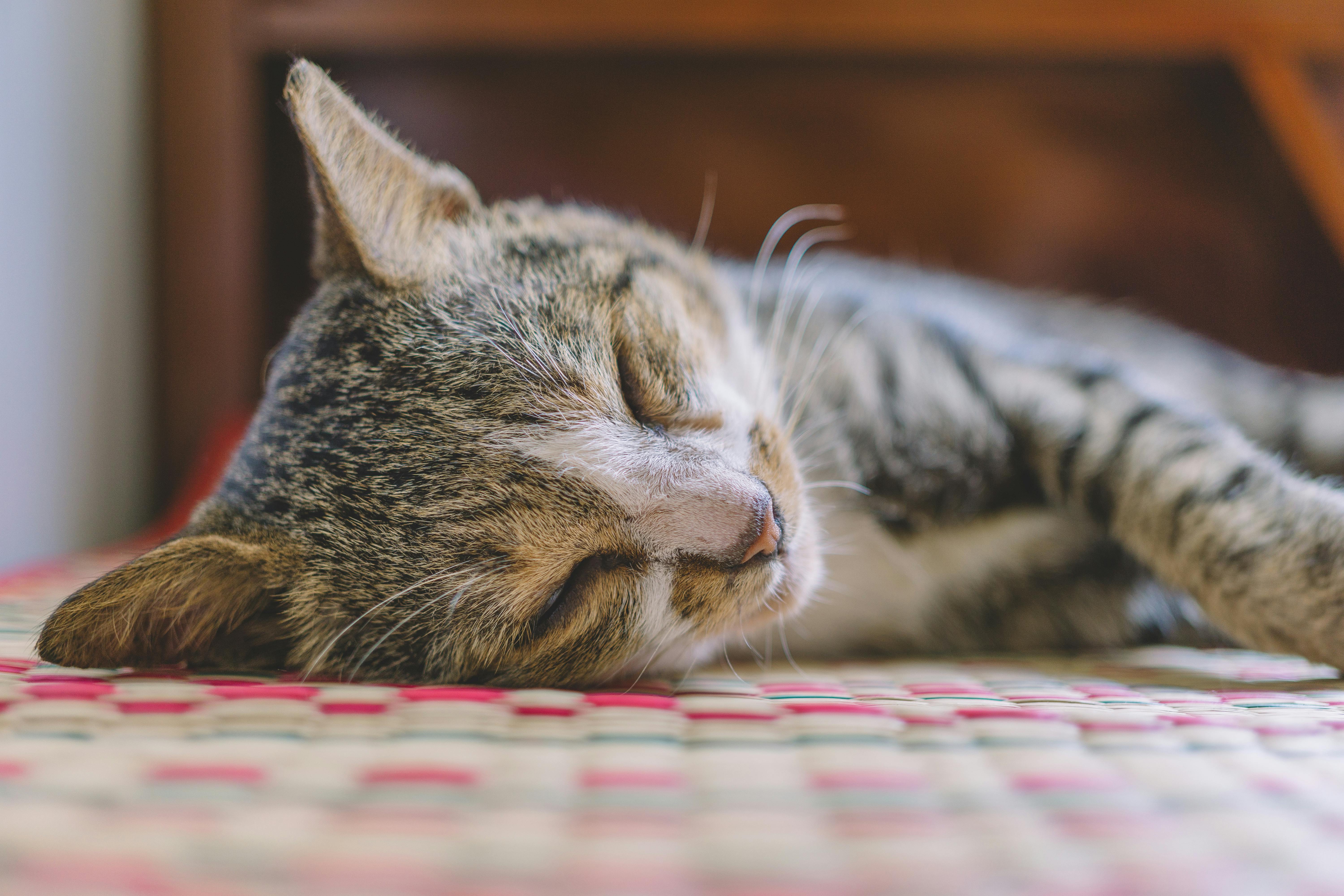Most people recognize that “going green” and trying to lessen our impact on the natural environment has many benefits, but there are still some misconceptions about what exactly green gardening entails. Does it require more work and expense than ordinary gardening? Will you have to abandon your favorite flowers or watch helplessly as slugs and aphids invade your garden? The answer to all these questions is No!
An ecological garden is simply one in which the gardener works with nature rather than constantly fighting against it. Creating and maintaining a green garden is simple if you observe how your gardening activities affect both your small part of the planet and the environment in general, and you always choose the least harmful option.
Make it a chemical free zone
Artificial fertilizers, pesticides, and herbicides contain chemicals that can harm plants, wildlife, and humans, especially if they are used in the wrong place, or at the wrong time, or allowed to accumulate in the soil. The manufacture and transportation of these products also consumes energy and valuable natural resources and causes pollution.
Follow nature’s lead and switch to making your own free compost by recycling waste plant material into a compost bin or worm. Tackle pests by encouraging your natural predators to enter your garden. Remember that weeds are just wild plants that grow where you don’t want them. Eliminate them by covering bare soil with plants of your choice and make weeding easier by removing them before they set seeds and propagate. Find out which weeds are edible, as long as they haven’t been sprayed with poison, and enjoy them in a salad!
Use water wisely
All plants need water, and while chlorinated tap water is acceptable, rainwater is often preferable. It is also the cheapest option if your water supply is on a meter. Install water cans to collect and store the free water that nature provides. You can also save time and water by only watering the plants that really need it and using homemade mulches to prevent the soil from drying out too quickly.
Adding a pond to your garden will attract a fascinating variety of wildlife, including birds, hedgehogs, frogs, and toads that will do a good job of keeping slugs, snails, and insect pests at bay. It doesn’t have to be very large, but make sure your visitors can easily access it with gentle slopes leading to shallow water.
Choose an eco-friendly design
Whether you are doing a new garden or want to maintain your existing garden in a more environmentally friendly way, you should start by looking at your overall garden plan. Think about how you want to use your garden and how the different areas can work together. Whenever possible, use locally sourced and recycled materials for hard landscaping features like walkways and raised beds. Make sure all new wood brought in for fences, decks, and lawn seating comes from sustainable forests.
Check the soil type and note which parts of your garden tend to be wetter or drier, which side gets the most sun, or whether one corner is permanently shaded. You can save labor and get better results by matching the plants you want to grow to the conditions they prefer. Include nectar-rich flowers to attract beneficial insects and trees, shrubs, or vines that produce winter berries and shelter for birds.
If you are new to green gardening, seek the advice of a professional landscaper who offers free consultations. He or she will also be able to help you with any work, such as creating a wildlife pond, that you find difficult to do on your own.



